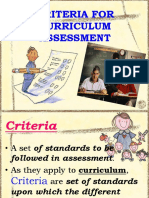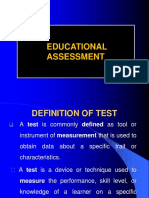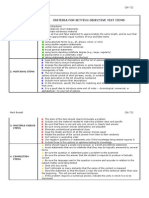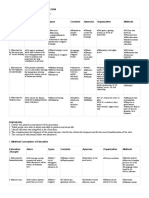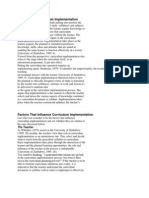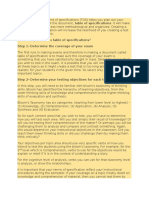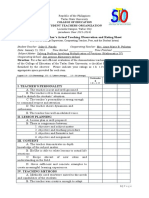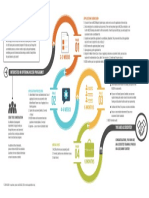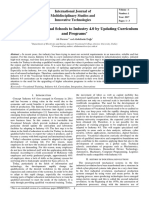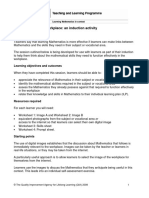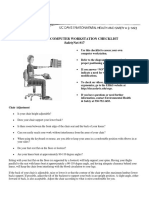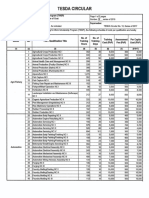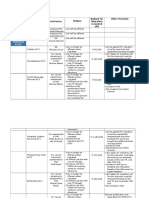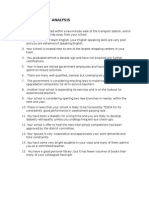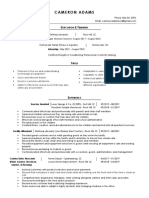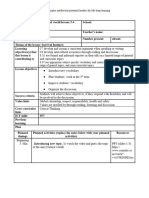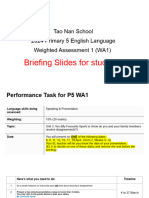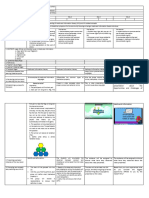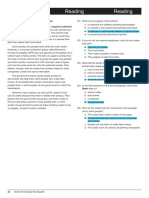100% found this document useful (5 votes)
4K views4 pagesTOS Guide for Teachers
A table of specifications (TOS) is a tool used by teachers to design valid and reliable tests by organizing test material and determining how many questions are devoted to each topic based on class coverage. The TOS breaks down topics into a table with columns for learning objectives, test items, and percentage of the test devoted to each topic. To create a TOS, teachers first determine exam coverage based on class topics, then define objectives for each topic based on Bloom's Taxonomy. They also consider class time spent on each topic to determine test weighting. Finally, teachers choose test question types to match objectives and have others review the TOS before administering the exam. The goal of a TOS is a well-planned test that
Uploaded by
Marlon Ty ManaloCopyright
© © All Rights Reserved
We take content rights seriously. If you suspect this is your content, claim it here.
Available Formats
Download as DOCX, PDF, TXT or read online on Scribd
100% found this document useful (5 votes)
4K views4 pagesTOS Guide for Teachers
A table of specifications (TOS) is a tool used by teachers to design valid and reliable tests by organizing test material and determining how many questions are devoted to each topic based on class coverage. The TOS breaks down topics into a table with columns for learning objectives, test items, and percentage of the test devoted to each topic. To create a TOS, teachers first determine exam coverage based on class topics, then define objectives for each topic based on Bloom's Taxonomy. They also consider class time spent on each topic to determine test weighting. Finally, teachers choose test question types to match objectives and have others review the TOS before administering the exam. The goal of a TOS is a well-planned test that
Uploaded by
Marlon Ty ManaloCopyright
© © All Rights Reserved
We take content rights seriously. If you suspect this is your content, claim it here.
Available Formats
Download as DOCX, PDF, TXT or read online on Scribd
/ 4








